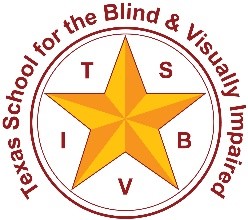Timepiece Calendar
A Timepiece Calendar is the physical thing that allows us to keep track of time. We as adults have many “timepieces” at our disposal: a watch, day planner, wall calendar, etc.
Timepiece calendars can provide our students with a way to break larger chunks of time into smaller segments that are conceptually easier to understand. To some of our students a whole day may seem like a large jumble of events, that may or may not be related, or in any kind of meaningful sequence. By breaking the day into smaller events, labeling them, and putting them into a repeated sequence (schedule) we are providing consistency and predictability.
The “Timepiece” calendar is made up of the following Time Frames:
Anticipation
Daily
Weekly
Monthly
Yearly
- As we move from Anticipation forward we will be talking about larger time frames – kids will be asked to conceptualize larger “chunks” of time.
- So again, if we look at time as a continuous line, and “Now” as our point of reference, how do we enable our kids to move further and further away from the “NOW” into these larger concepts of time?
“TIME CHUNKING” refers to breaking up the large chunk of time that is “today” into smaller, more easily understood, pieces. The chunks of time that our kids can conceptualize will be different – some might be able to understand a sequence of events three or four hours into the future, while others will only be able to conceptualize what’s happening right “now”.
As you can see there are many different kinds of “Timepiece” calendars, and you will have to assess your student to determine which one suits their needs best. One good assessment to use in this regard is the “Time Frame Assessment”, by Robbie Blaha

